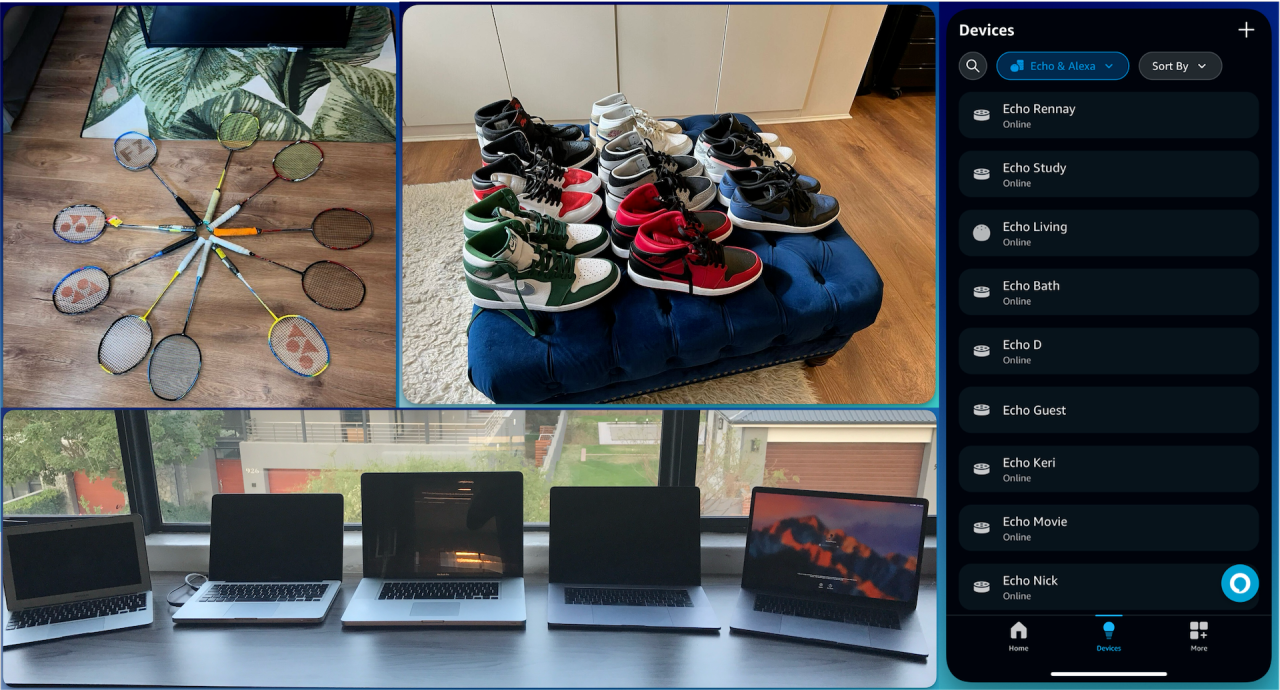5 Lessons Learned From My 80286 That I Still Use Today

My first computer was an 80286. It was 1992. Although it was second-hand, it was a significant purchase for my folks and I clearly remember the 7 monthly instalments. I only wish they knew what an exponential return on investment that has been. Since that moment, I have been absolutely and unashamedly addicted to tech. A good friend of mine collects badminton rackets and Air Jordan sneakers in pretty much the same way I collect Alexa devices and MacBook notebooks. My theory is that this is the result of a childhood spent “looking through the shop window”.
After a few months of using my ‘286, I discovered that the CPU was on the "wrong side" of a massive computing revolution. All the cool software, like Windows 3.1 required an 80386 and above. Instead of putting out my enthusiasm, this just fuelled me to push the machine to its absolute limits. In some strange twist of fate, this would equate to the Amazon Leadership principle of Frugality. In our new world of "M" MacBook Pros, and almost infinite computing resources at our fingertips in the form of Cloud, I often revert to the lessons I learnt from a trusty 80286, with 2MB of RAM and a 20MB hard disk.
These have helped me throughout a career in IT spanning more than 2 decades in various roles - from development to operations to architecture. Hoping it might also be able to help you.
Lesson #1: Be curious
Back in 1992, information about computers was not readily available. I picked up snippets from the school computer lab, books in the library or from brochures collected at the annual computer expo.
It was exhilarating figuring out what autoexec.bat and config.sys did. It was equally petrifying at times. I clearly recall the beads of perspiration during a humid Durban summer’s night when my machine would not start up after I installed a modem PCI card (incorrectly). Those are defining moments - when you’re delighted to see a command work or terrified that you might have fried your motherboard. The only creatures that should be afraid of curiosity is cats. For the rest of us, this is a differentiating characteristic.
I’m not advocating that you take apart your new MacBook Pro. I am strongly suggesting that when you come across something new and interesting, you challenge yourself to figure out how it works.
Lesson #2: Stick with it
There were many moments of pure and utter frustration. Sometimes there were sound card drivers that refused to load or a Logo turtle that wandered off the reservation because of an incorrect command.
I recall the disappointment as I turned off the machine (we did that back in 1992) way after midnight. More importantly, I also recall jumping out of bed, waiting for the machine to start up, to try “one more thing”. Developers stuck at a difficult challenge will know exactly what I’m referring to. I still find myself, in the early hours of the morning, trying “one more thing”. With resources like Google, StackOverflow and more recently ChatGPT, we are fortunate to now have more hits than misses.
Some of the best people I’ve worked with had an uncanny stubbornness and refused to give in. The pure rush of adrenaline when you find the solution is well worth the effort. So don’t give up!
Lesson #3: Maximise what you have
I was dismayed to find that Windows 3.1 required an 80386. I can’t quite recall, but I found a copy of Windows 3.0 somewhere which did run on an 80286. I was quite pleased with myself as I managed to fire up solitaire on my machine.
There may be times when you feel like you don’t have everything you need to solve a particular problem or challenge. Instead of giving up, look at how you can break up that problem into smaller pieces. One of my favourite go-to examples is the book I wrote in 2021. The initial problem statement seemed insurmountable. After all, there was little time left in the day with a demanding job and family commitments. However, if I broke down the book down into chapters, then sections, then pages, writing 2-3 pages a night did not seem impossible. In the space of a month, I had close to 50-60 pages. That worked out to 2 chapters a month. In 6 months, I had 10-12 chapters - which was a book!
I often try to motivate for, or justify a new tech purchase. Nine times out of ten, I find that the resources I currently have available are more than what I need. The only change required is a mindset to make it work!
Lesson #4: Be a creator, not a consumer
As an owner of an 80286, I was not to be pitied. There were amazing games like Dangerous Dave or Commander Keen that kept me entertained for days at a time. Unfortunately, this was also trap that many of us are falling into daily.
It is far easier to fire up a game or launch Facebook/Instagram and consume content than to create it. I would love to say that I wrote my own games instead of playing someone else’s like the legendary John Romero. Unfortunately, I didn’t have a clue where to start. Instead, I tinkered with programming languages like Basic and Turbo Pascal. I relished the opportunity to finish my school projects ahead of time and offered to do the projects for my classmates. I kept poking and prodding and even had aspirations to start up my own Bulletin Board Service (BBS). I just needed to figure out how to tell my family that they couldn’t use our one phone line anymore and that the phone bill would probably be astronomical.
To be completely transparent, creating content is tough at times. It is far easier just using your thumb as you scroll through a daily feed. However, it is far more rewarding when you step back and see something that you brought to life.
Lesson #5: Imposters don’t have rules
One of my favourite memories is getting a 2400-baud modem. I think I was so excited that I feel asleep with the product packaging for weeks. Unfortunately, no matter what I tried, it just would not connect.
After many, many “one more try” attempts, I observed tiny jumpers on the card that set the IRQ configuration. After trying various combinations, it finally connected! My takeaway from this experience is that I learnt so much from the card not working, like the difference between serial and parallel ports, baud rates and AT commands. Up until that time, the only modem I had seen was the one Matthew Broderick used in the movie WarGames. If I had followed the playbook that many follow today of waiting - either for an expert to knock on my door or for the universe to send me a signal - I would have missed an awesome opportunity.
Sometimes the best solutions are found by someone who pushes the boundaries of a system - because they don’t know where those boundaries were!
Note: I work at Amazon, but this is my own opinion.



